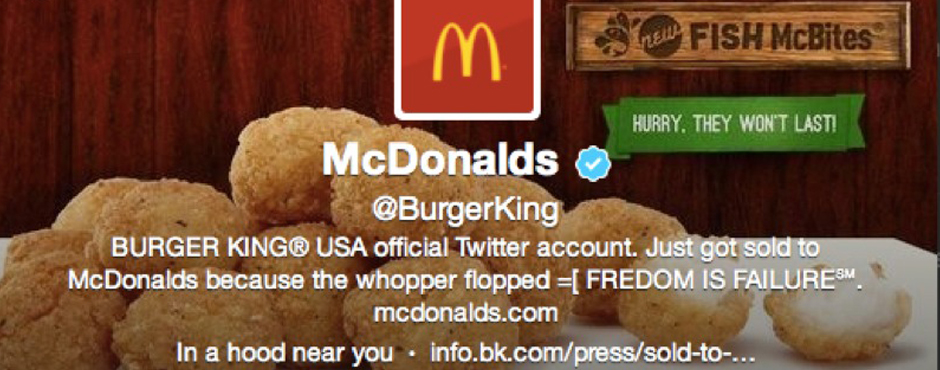 A crabby situation!
A crabby situation!
Mr. Clean seemed to have had a long day a couple of weeks ago being attacked by giant crabs. He literally had a crabby situation on his hands! I wonder which line of cleaning products he used to clean up that mess. I can imagine giant crabs leaving quite a disaster, more so for the social media manager! However appalling this jaw-dropping hacker scenario may be, it’s sadly something every company should be aware of when jumping into managing online brands.
Most marketing communications departments have a process for internal or external crisis – but how many people ever face the actuality their Twitter or Facebook account might get hacked!? Why wouldn’t you think that? It’s the internet and that’s what the “bad guys” use the internet for causing havoc and unleashing giant, man eating crabs!
There is obviously a bad side to being hacked, other than facing the humiliation of very bad advertising on a global scale, your account loses the quality and authenticity you’ve been working so hard to attain. You’ll probably lose followers or your followers will help share the hacker’s message by telling all their friends about it. I found out about Mr. Clean because my friend Tay posted that picture above on her Facebook page commenting “hackers at it again”. She was blasé about the whole thing because she’s in public relations and understands social media challenges. But the majority of followers won’t be!
So how can we, professional communications people, protect ourselves against being hacked and keeping our online brand reputations in tact?
Variety is best
It’s always best to have a very difficult password to protect the Facebook and/or Twitter account. In many cases have a log of passwords safely stored and try and make them, where possible, different for each account.
Don’t pass around passwords
If you’re managing client accounts, don’t give them the passwords. They may want it to check in on what you’re doing, but it’s best if one person has access and can maintain relationships with true followers and keep an eye on internal hackers sending inmail, or posting spam. Someone without regular knowledge about an account may open messages flagged as spam and they wouldn’t even know it!
Open an email or not
In most cases hackers access through the webpage hosting sites, but for more secured accounts such as Facebook or Twitter, internal messages sent as spam can be the link a hacker needs to break into your account. Be watchful and cautious.
When Mr. Clean was hacked imaginably it was embarrassing, however, Mr. Clean’ social media manager chose to leave the hacker’s content and make a joke about it.
Burger King was probably the most memorable hacker attack as tweets explained they had been sold to McDonalds and even changed the profile image to the McDonald’s logo! But in a strange turn of events the community of Twitter thought it was the funniest thing and the story went viral. Once back on track, Burger King shouted out to its new followers and all was well in the world again.
Hacker situations are very real and very personal. As a social media manager I couldn’t imagine being hacked but I will prepare for it. Even though some people may take it lightly, I highly doubt clients or businesses will. I think the best way to deal with a hacker is to acknowledge it and go on with the show. And for the mean time, I’ll be keeping my eyes peeled for those mean, giant crabs!




